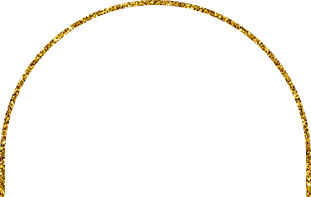Your ingrown nail is likely aggravated by an imbalance in Pitta dosha, leading to inflammation, redness, and potential infection. Soaking your foot in warm water with turmeric and salt can help reduce swelling and prevent infection. Applying Neem oil or Tea Tree oil gently to the affected area can aid in healing due to their antibacterial and anti-inflammatory properties. Triphala paste or Aloe Vera gel can soothe the skin and support tissue regeneration. Avoid spicy, oily, and excessively salty foods, as they can increase Pitta and worsen inflammation. Instead, include cooling and healing foods like ghee, coconut water, and fresh vegetables. Keeping the area clean and wearing comfortable footwear will also help prevent further irritation.
Your concern regarding the ingrown nail is valid, especially with the symptoms of redness, swelling, and pain you’re experiencing. Based on your description, there does seem to be an imbalance in Pitta dosha, characterized by heat, inflammation, and infection potential.
Local Application 1. Neem Oil: Apply pure Neem oil to the affected area twice daily. Neem has strong anti-inflammatory and antimicrobial properties. After applying, cover the area loosely with a clean bandage to keep the oil in contact and protect the area.
2. Tea Tree Oil: Dilute a few drops of Tea Tree oil in a carrier oil (like coconut oil or sesame oil) and apply it twice daily. This oil is known for its antiseptic properties and will help combat potential infection.
Soaking Treatment Continue soaking your foot in warm water but add Epsom salt to the water (1-2 tablespoons in warm water) to help reduce inflammation and soothe the pain. This can be done for 15-20 minutes twice a day.
Dietary Changes 1. Cooling Foods: Incorporate foods that balance Pitta, such as: - Fresh fruits: Watermelon, cucumber, and pears. - Vegetables: Spinach, zucchini, and broccoli. - Grains: Barley, quinoa, and basmati rice. - Avoid spicy, fried, or sour foods, as these can aggravate Pitta.
2. Anti-inflammatory Herbs: Consider adding turmeric and ginger to your meals; these have anti-inflammatory properties. You can make a warm turmeric milk (with almond milk) before bed to aid healing.
Lifestyle Recommendations - Keep the affected area clean and dry. - Wear open-toed shoes to reduce pressure on the toe. - Avoid digging into the nail edge; it can worsen the situation.
Monitor Symptoms If symptoms worsen, such as increased redness, significant swelling, or pus, it’s crucial to seek medical attention. This could indicate an infection requiring more than natural remedies.
By following these recommendations, you should notice improvement. However, patience is key, as healing may take a little time. Adjustments in both topical treatments and diet will support your body’s healing process holistically.







